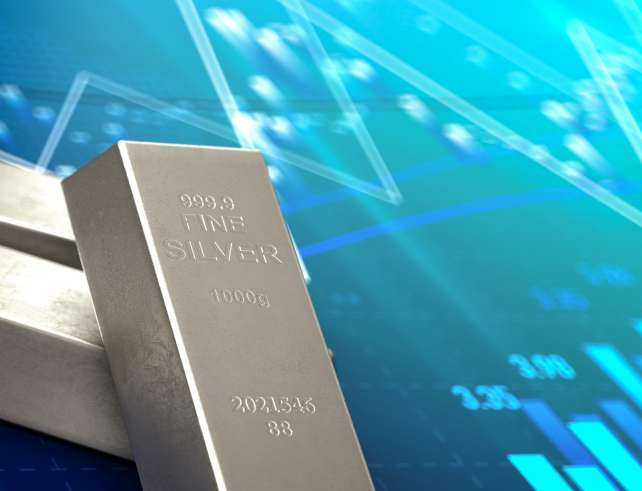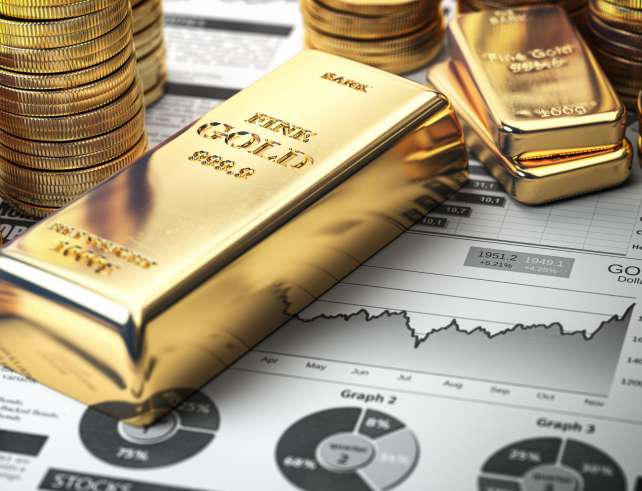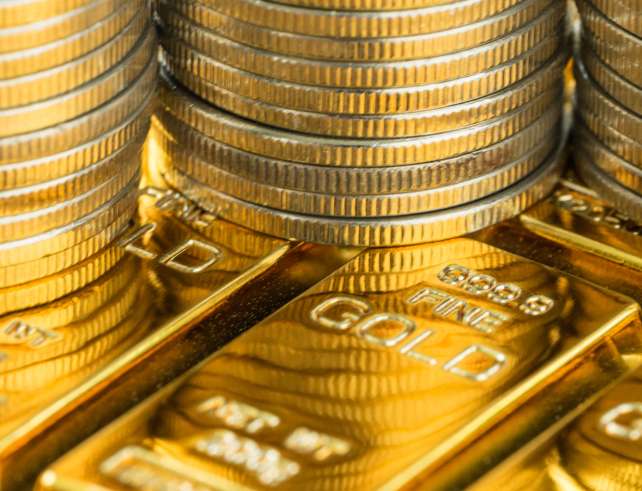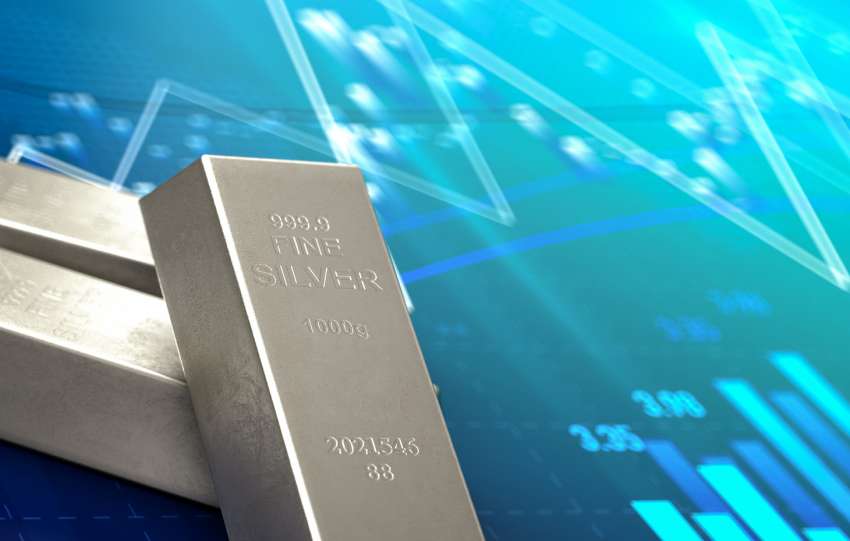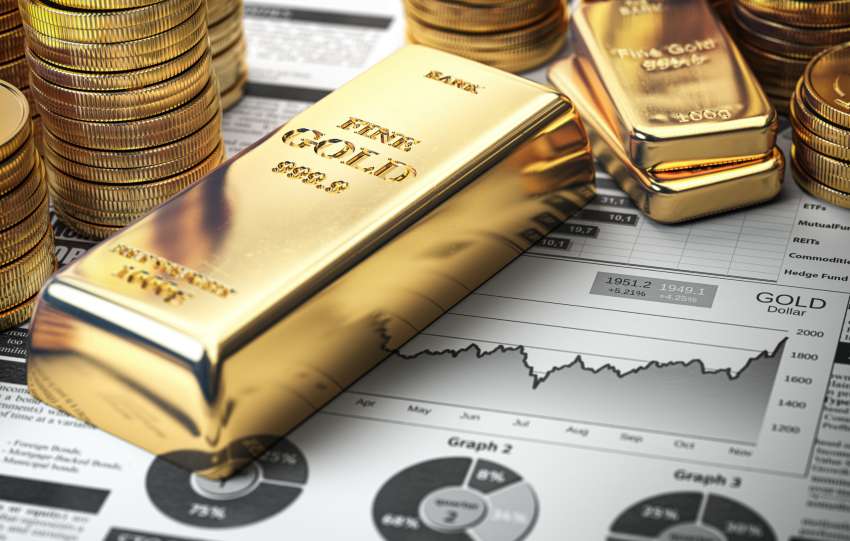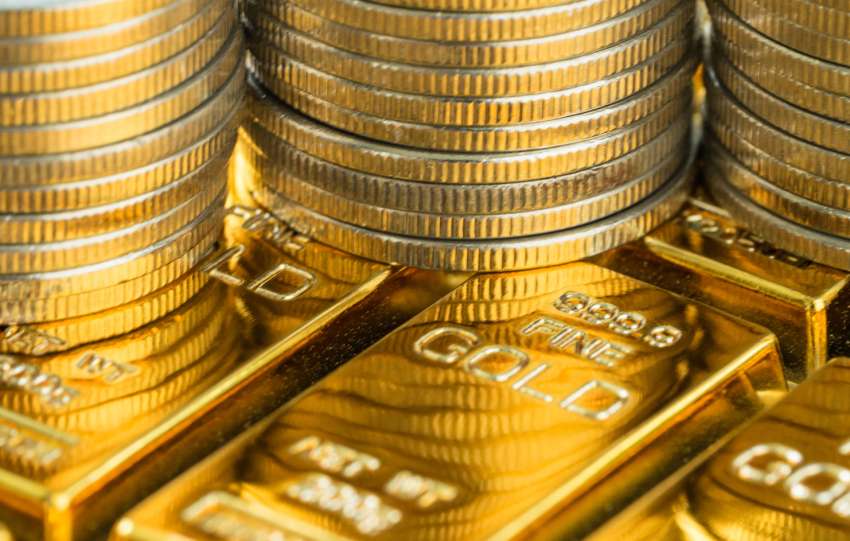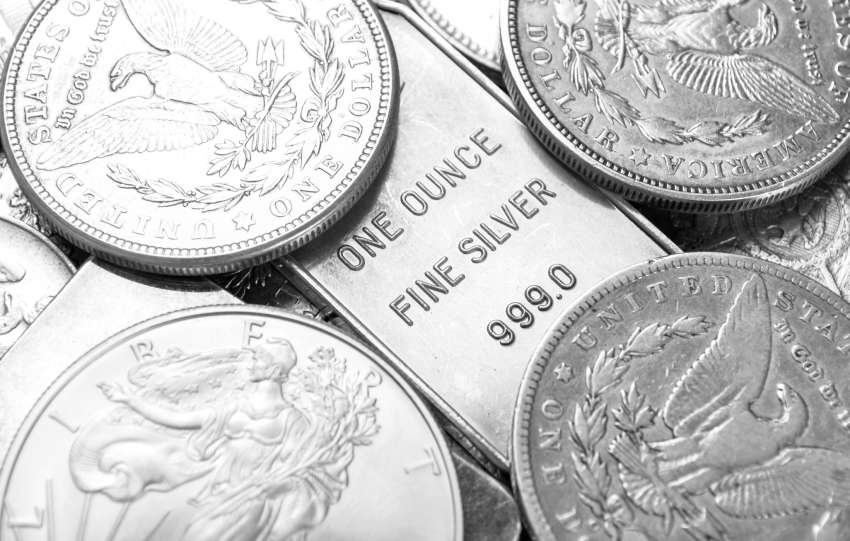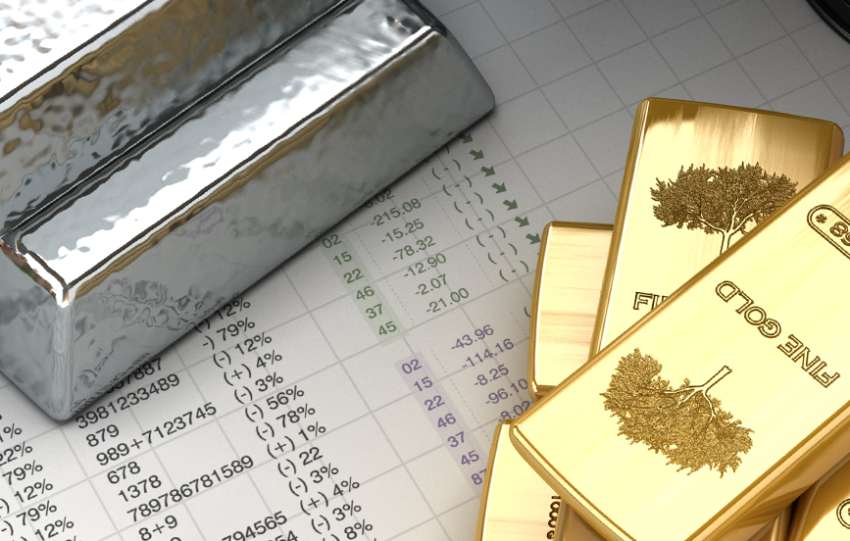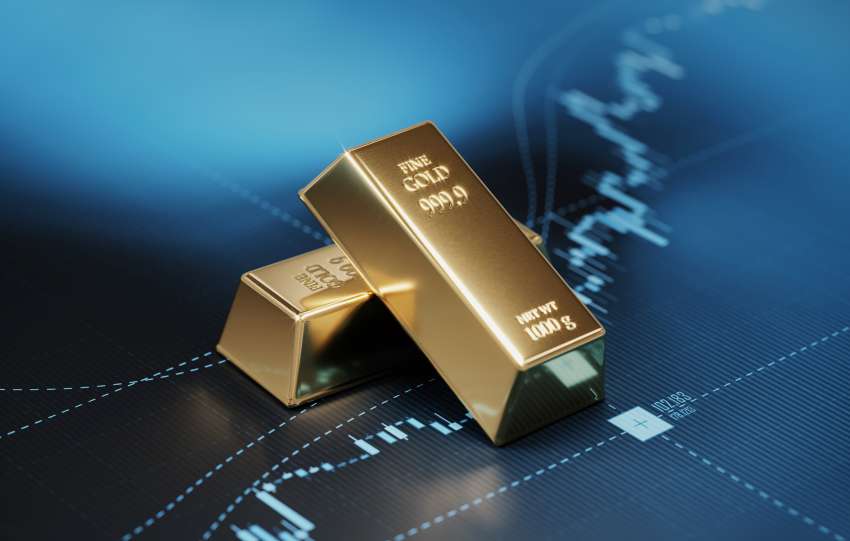Millions of new investors jumped into various markets over the past year, and many are still looking for new ways to invest their money. Plenty of excitement has arisen around buying precious metals, but this has also led people to discover gold and silver ETFs.
An exchange traded fund (ETF) offers the opportunity to invest in a variety of securities. They’re supposed to track specific commodities, so it seems like an easy way to invest in gold and silver. Does this mean your choice between an ETF and precious metals is simple? Not really.
Before you make that decision, it’s important to know all the facts. While “paper” gold and silver may seem like a good idea, there are actually several disadvantages to this approach. Knowing the pros and cons of investing in both precious metals and gold/silver ETFs is vital.
The Precious Metals Market is on Fire
Big things are happening in the precious metals markets. This explains why investors are currently so interested in both physical assets and ETFs that track gold and silver. Both could be solid investments, and many people have seen big returns regardless of which they invested in.
One need only look towards what’s going on in the world to understand this trend. Pandemic buying combined with investor excitement caused shortages in both gold and silver at the U.S. Mint. And considering people have discussed a looming silver shortage for years, there’s no surprise there.
This certainly helps explain why precious metals are so hot right now, but you may wonder what’s going on with gold and silver ETFs. A person could spend hours trying to figure out what these funds are about. The Securities and Exchange Commission (SEC), though, breaks it down nicely:
“ETFs offer investors a way to pool their money in a fund that makes investments in stocks, bonds, or other assets and, in return, to receive an interest in that investment pool… [that] are traded on a national stock exchange.”
With gold and silver ETFs, the assets the fund invests in are linked to their underlying precious metals. Examples of assets include shares of mining businesses, physical bullion, futures contracts and stock from other related companies. This allows for investing in precious metals without buying bullion.
This is why many people refer to these ETFs as “paper gold or silver.” You can purchase stakes in these commodities without worrying about precious metals storage or other concerns. Of course, nothing is as perfect as it sounds on paper – including “paper gold and silver.”
Pros and Cons of Investing in Precious Metals
While investing in ETFs instead of physical precious metals might sound ideal, doing so overlooks many of the benefits of coins, bars and other bullion types. It’s also important, however, to know the drawbacks of this approach. The following section will help you invest smarter.
Advantages of Investing in Precious Metals
- Hedge against inflation: Physical gold and silver often rise as the dollar loses value.
- Storing value: Precious metals have served as a store of value for thousands of years. They always have worth.
- Tangible asset: The stock market could crash and take every company on earth with it. Do you know what wouldn’t shut down? Physical precious metals.
- High liquidity: People are always buying and selling precious metals. If you want to sell your bullion for cash, you’ll have no problem doing so.
- Transferability: You can easily pass down physical bullion to heirs or sell it to interested buyers.
- Constant demand: Even when precious metal prices drop, physical bullion remains in high demand. It’s a defense against a poor economy.
- Universal value: Currency values vary between countries. For instance, a Mexican peso simply doesn’t hold as much worth in America. Fortunately, precious metals have universal value.
Disadvantages of Investing in Precious Metals
- Paying premiums: Unlike stocks, you can’t typically buy precious metals at their current price. There are costs related to mining, transporting and selling these items. You’ll always pay a premium.
- Storage needs: If you own physical bullion, you’ll need to store it somewhere. Keeping large quantities at home could prove unsafe, so consider using a precious metals storage facility.
Pros and Cons of Investing in Gold & Silver ETFs
You might think you now have enough information to choose between investing in precious metals or gold and silver ETFs. After all, isn’t the choice basically “invest without the hassle of physical bullion” or “buy paper assets that have the same returns”? Unfortunately, it’s not that simple.
Consider the following benefits and drawbacks of precious metal ETFs.
Advantages of Investing in Gold and Silver ETFs
- High liquidity: Similar to stocks, bonds, mutual funds and physical bullion, gold and silver ETFs have a high level of liquidity.
- Market orders: Since they trade like normal stocks, you can purchase or sell ETFs using limit order and stop-loss orders. This can maximize your profit or reduce your losses.
- Diversity: While some ETFs only invest in physical bullion, there are others that diversify their holdings within the industry.
Disadvantages of Investing in Gold and Silver ETFs
- Trading fees and commissions: You may end up paying high costs just to trade ETFs. It’s as if “paper” gold and silver have their own premiums.
- Limited diversification: While some ETFs will diversify, many of the most popular only invest in physical bullion.
- Market fluctuations: Diverse ETFs are great, but they’re exposed to market fluctuations like any other stock. A drop in the economy could thus lessen their value.
- Management fees: Unlike individual stocks, ETFs involve a management fee.
- Intraday price peaks: You could end up buying a precious metal ETF during a momentary price spike during the day. This means you’ll immediately lose value.
- Share erosion: Thanks to the cost of operating ETFs, the value of each share can drop over time even if spot prices remain consistent.
Unfortunately, there’s an even larger drawback related to purchasing exchange traded funds rather than physical bullion. It’s such a big issue, in fact, that condensing it to a bullet point would be inappropriate. It deserves its own section:
Gold and Silver ETFs Aren’t Gold and Silver
No matter how they’re marketed, gold and silver ETFs are generally not considered physical investments in gold and silver. There’s no guarantee that the price of these funds will track the value of their underlying precious metals. We discussed this a bit earlier as “market fluctuations,” but it actually goes much deeper than this.
One need only look towards iShares Silver Trust (SLV). Between February 2nd and 3rd, the price of SLV rose even as the value of silver dropped. This is great for anyone who invested in the ETF, but the variance doesn’t always go in that direction. You could lose money as precious metal values rise.
Major discussion has arisen, however, regarding the “Silver Raid.” Members of the WallStreetBets community along with other silver lovers decided they would increase demand for the precious metal in early February by purchasing large amounts all at once.
Theoretically, higher demand equates to a higher price. Unfortunately, the price of the ETF’s shares dropped from $26.76 to $24.54 that same day. The value of silver also dropped about $1.40 per ounce that day, but each share of SLV lost $2.22 in value.
So, What’s the Right Answer?
As with all investments, where you put your money is a personal decision. You should base this decision on your financial goals and both short- and long-term plans. Hopefully after reading this comparison of investing in precious metals or gold and silver ETFs, you’re better prepared to do that.
One major consideration on your part should involve diversification. This guide touched on it a bit, but it’s an integral part of any investment strategy. This doesn’t necessarily mean you should invest in both precious metals and ETFs, but you should always hedge against potential losses.
When doing this, though, remember that investing in silver and gold has long been seen as a hedge against economic downturns. Even in the 1970s when one might have expected silver to falter due to a bad industrial market, it bounced high due to its ability to act as a store of value.
Unfortunately, the investment graveyard has also found itself littered with the remains of defunct ETFs. No matter what happens to the price of precious metals, you at least know they’ll never become defunct.
You Can Invest in Precious Metals Right Now!
There’s no arguing that both physical and paper gold or silver have major benefits and the potential to bring in significant returns. Unfortunately, purchasing ETFs isn’t the same as investing in precious metals. If this is what you’re looking to do, going the physical route may be best.
Whether it’s poor overall stock market performance or whatever happened on the Silver Raid Day, there are significant risks associated with gold and silver ETFs. The worst part is you won’t even have physical precious metals on hand to maintain any semblance of value.
If you’re ready to invest in precious metals, check out all we have to offer at Silver Gold Bull today. Whether you’re a silver fan or a gold bug – and even if you’ve got your eye on palladium or platinum – you’ll find a variety of physical products that can help you secure your financial future.


